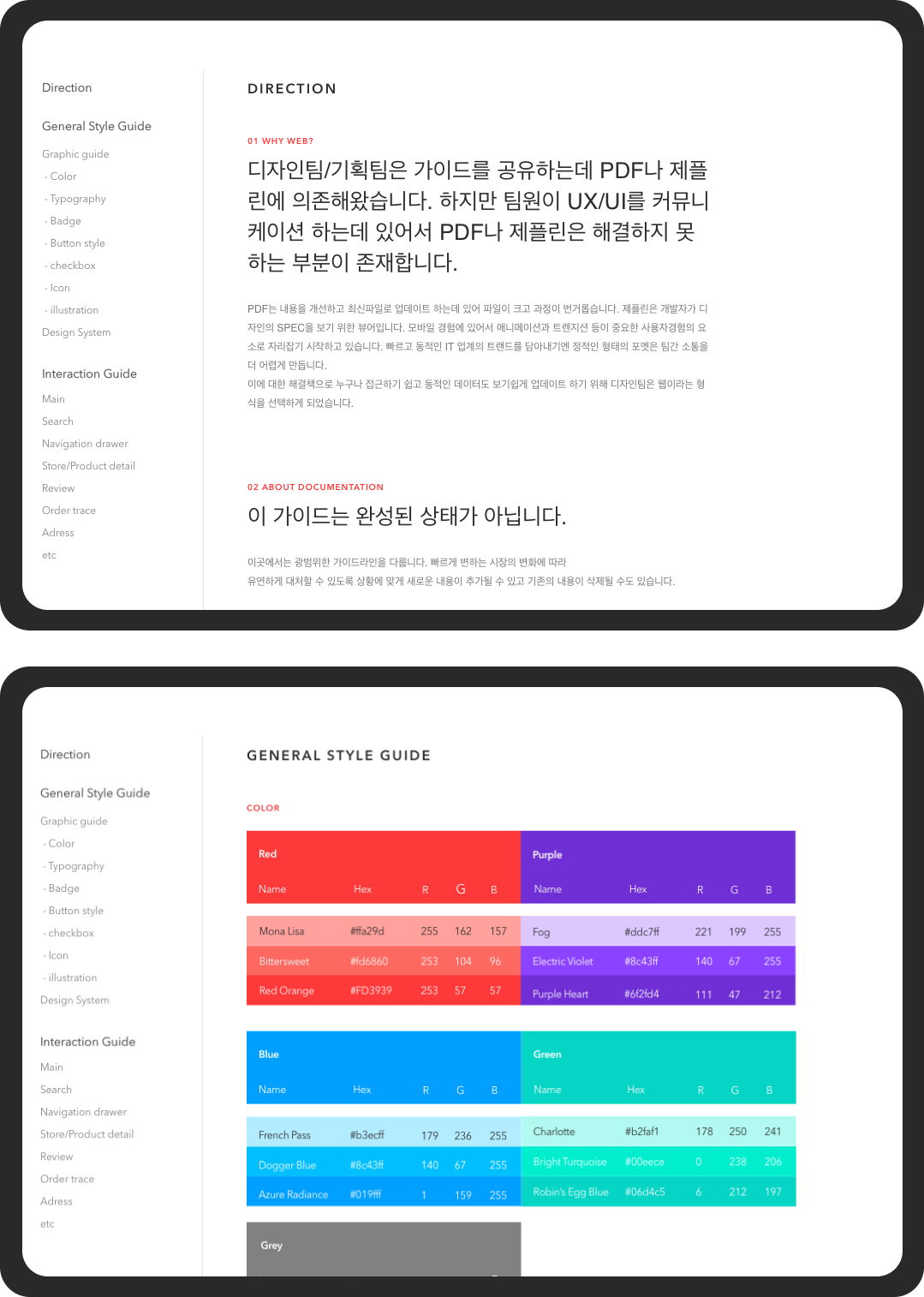Bootake (부탁해, "Do me a favor") is the first delivery app that allows users to order all kinds of things in addition to food in Korea. This was a 4.0 version project, elevating and revamping the entire user experience.
Role
As a senior designer in a small design team, I was leading this project. My responsibilities included market research, creating user scenarios and, personas, setting up a target group, prototyping, visual design, wireframing, UI/UX design, and so on.
Overview
Bootake is a Korean B2C food delivery service (similar to Foodora and Deliveroo etc in Europe) created by Mesh Korea. Mesh also runs a B2B & O2O (online to offline) logistics infrastructure called "VROONG", a third-party delivery service for riders and partners to provide high quality delivery. Since we have a strong third-party delivery infrastructure, we wanted to expand the 'Bootake' service to the next level in addition to the food delivery. Our goal was to make a real-time same-day delivery for all kinds of things that you can receive within 40 minutes from nearby stores. This project was our first step to allow a user to order goods from convenience stores using our app and receive the orders just like food delivery. To make this possible, we decided to revamp and elevate the UX of the existing app and I was leading this project as a senior designer.
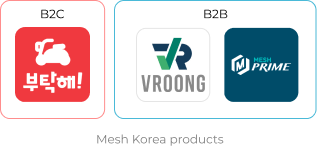
The problems
1. Business - Korea has always had a big food delivery culture dating back to the days before smartphones existed. Bootake was a relatively late starter and its positioning was weak in the market. Furthermore, E-commerce companies were also starting to make headways into the food delivery market. The high level business problem we needed to solve was how to make the most of our resources and differentiate from others in a very competitive market.
2. Users - It is challenging to provide the same level of service in all usage locations because of e.g. nearby restaurant or store availability. We found that app users often closed the app without placing orders when in areas with few restaurants nearby. How can we provide a constant level of user experience and quality of service regardless of location?
3. Riders - Food delivery orders peak during the lunch and dinner times. Therefore riders are very busy during the these times but generally don’t receive many orders between the meal times. Full-time riders want to get more orders in a day. How can we solve the problem of poor order distribution for riders?
2. Users - It is challenging to provide the same level of service in all usage locations because of e.g. nearby restaurant or store availability. We found that app users often closed the app without placing orders when in areas with few restaurants nearby. How can we provide a constant level of user experience and quality of service regardless of location?
3. Riders - Food delivery orders peak during the lunch and dinner times. Therefore riders are very busy during the these times but generally don’t receive many orders between the meal times. Full-time riders want to get more orders in a day. How can we solve the problem of poor order distribution for riders?

User research
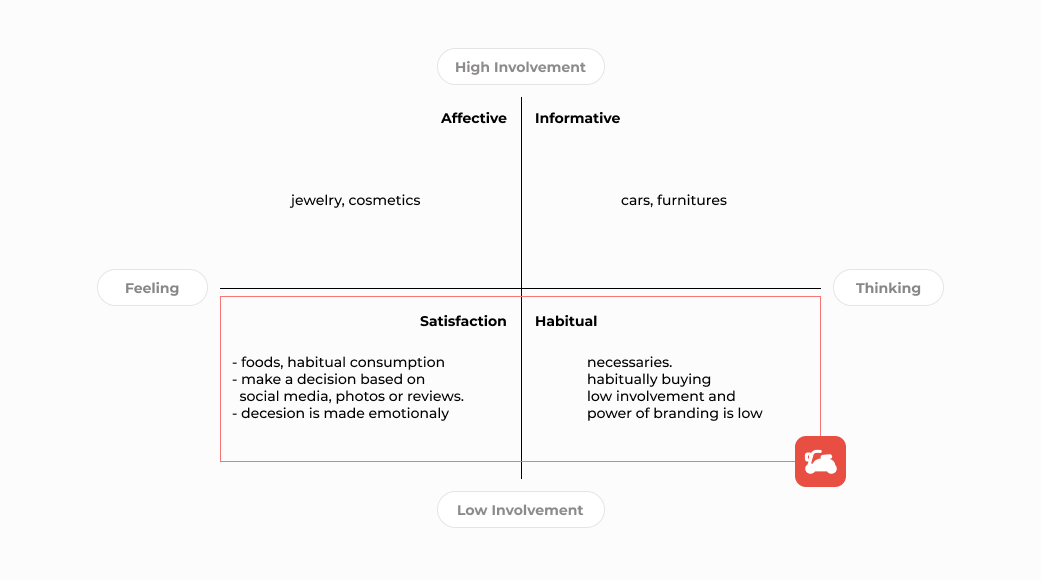
Existing app user insights
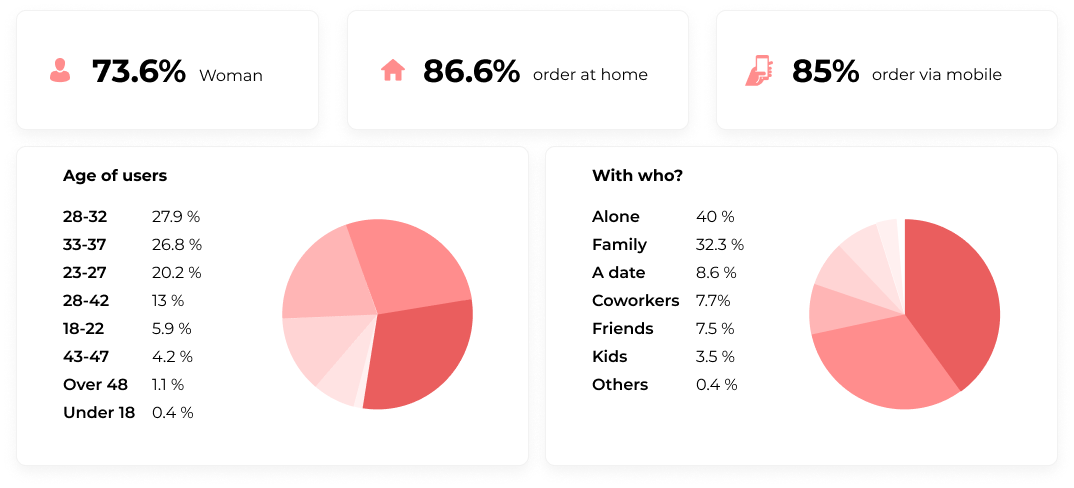

Information Architecture
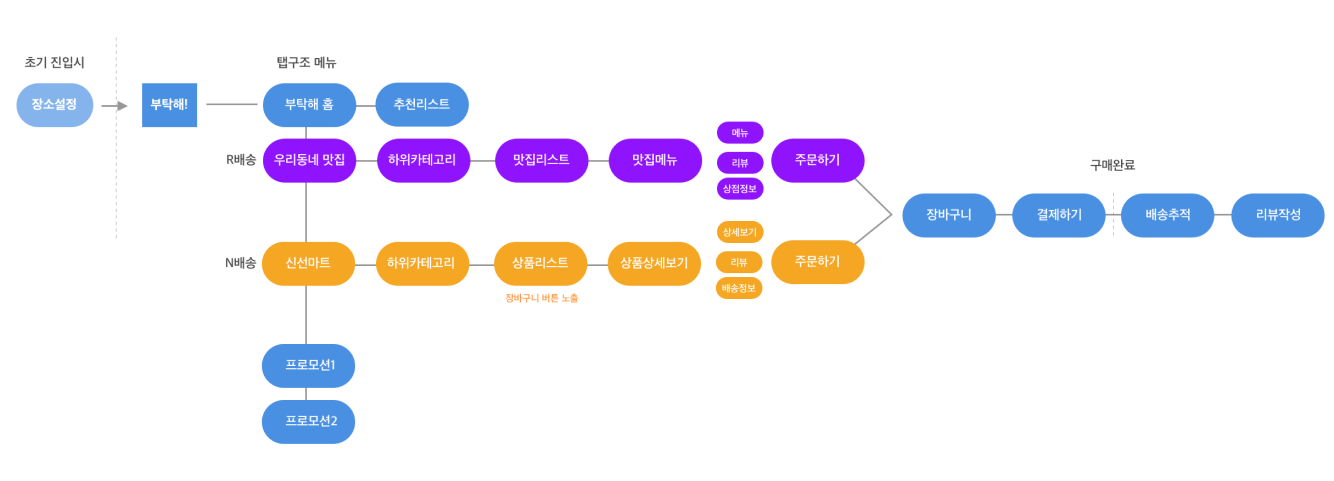
Competitor app analysis

Common design patterns and exploration From analysis of XX other apps in the market, we discovered usage patterns that were distinct to Korean apps. Reflecting the impatience of Korean consumers, most apps placed order actions as close to the top of the user flow as possible. For example, many apps listed products directly in the single top-level list view - without having to e.g. go deeper into a store view. Similarly, add to order and add/subtract quantity buttons were included directly in the product list item.
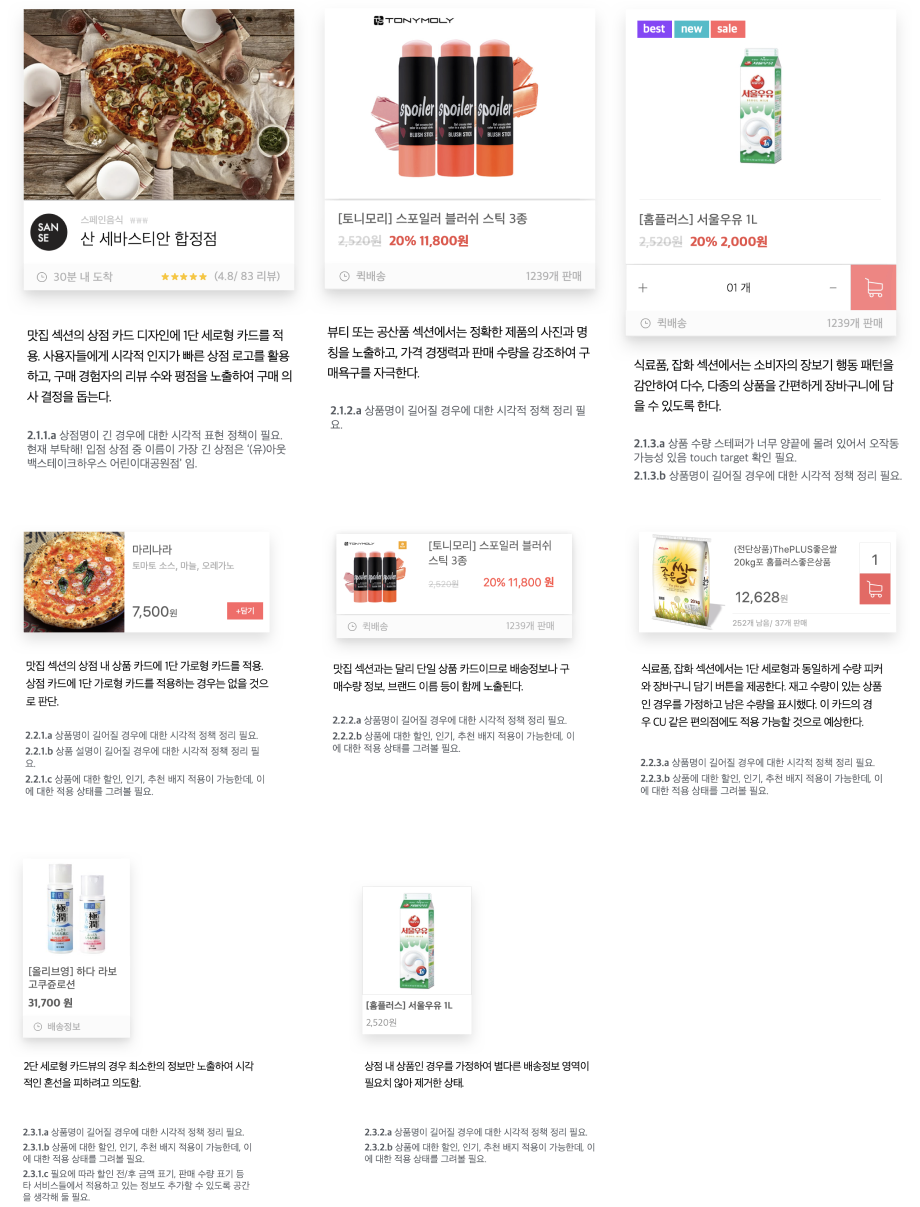

Final designs

